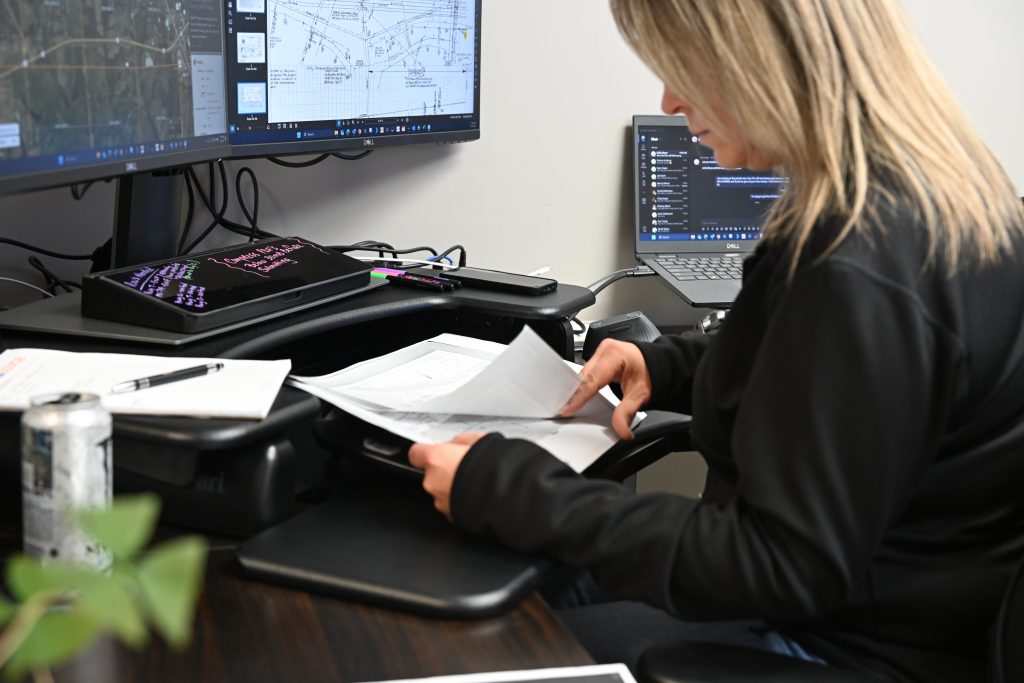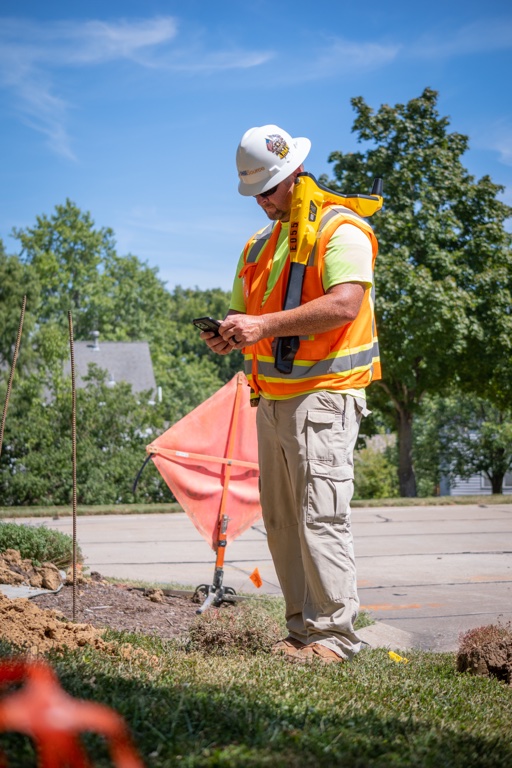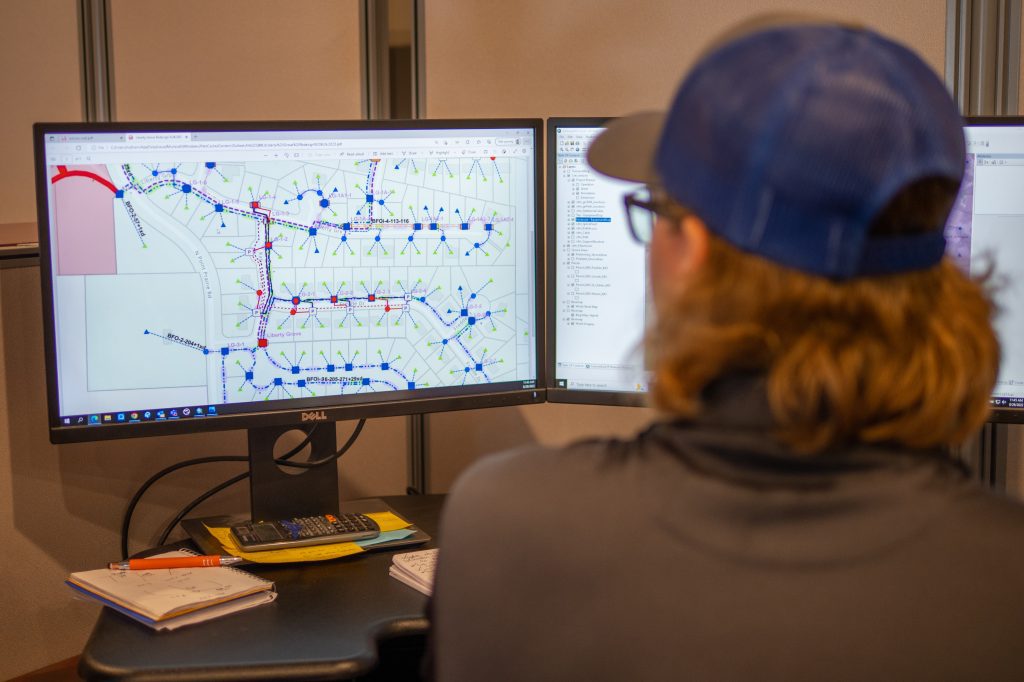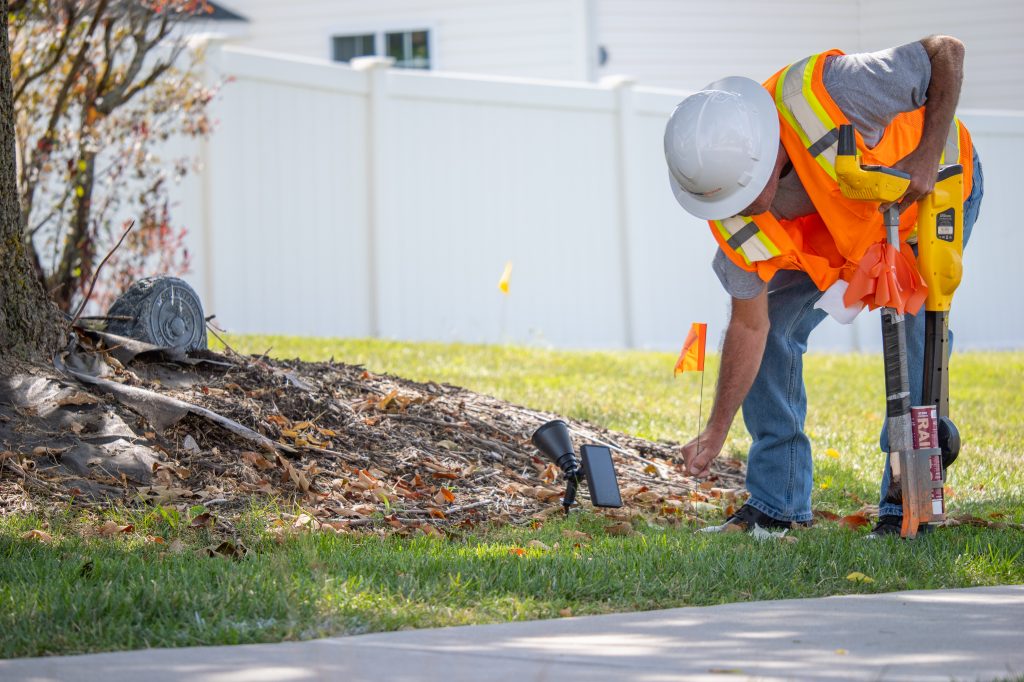The systems that keep cities running are mostly invisible. Power lines, water mains, gas pipelines, fiber cables, and storm drains often lie buried beneath our streets and sidewalks. This hidden network is made possible through underground utilities construction—a process that requires accuracy, planning, and modern technology to get right.
What Is Underground Utilities Construction?
Underground utilities construction refers to the installation, repair, or replacement of utility systems located below the surface. These can include water pipes, sewer lines, gas pipes, electric conduits, and fiber-optic cables. Contractors dig trenches or use trenchless methods to place these systems in the ground and then backfill the area once installation is complete.
Because these utilities are hidden from view, poor planning or outdated records can lead to costly mistakes like hitting existing lines, delaying projects, or even causing public safety risks.
Why Underground Placement Matters
Underground systems offer better protection from weather, accidents, and vandalism. Burying utilities can reduce outages, improve energy efficiency, and support long-term infrastructure goals. However, digging comes with its own challenges. Soil types, existing utilities, zoning laws, and environmental concerns all need to be considered before a shovel hits the ground.
Cities and utility providers must work with precise survey data and clear maps to avoid conflicts. Underground utilities construction requires more than heavy equipment—it takes knowledge of local regulations, utility layout, and GIS-supported design.
Key Tools and Technologies in Use
Modern underground utility construction uses a mix of traditional techniques and high-tech tools to improve accuracy and safety. Some of the most commonly used methods and technologies include:
- Ground-penetrating radar (GPR) to locate existing utilities
- GIS mapping systems to overlay utility lines with real-world coordinates
- Directional boring to install lines with minimal surface disruption
- Vacuum excavation to dig safely in sensitive areas
- Utility locators to reduce risk of hitting active lines
The accuracy of data and the skills of the field team determine the success of any underground project.
How Utilisource Supports Utility Construction Projects
Utilisource specializes in preparing and managing data for underground utilities construction. Our field-first approach ensures that designs are based on verified site conditions, not guesswork. Using advanced mapping tools, we help contractors and municipalities visualize buried infrastructure before construction begins.
Our services include:
- Precise utility mapping using GIS and GPS technology
- Utility surveys and verification
- Locating services to avoid conflicts during excavation
- Data collection and integration into asset management systems
- Project oversight to maintain compliance and timelines
Whether it’s a city planning a new water line or a telecom provider expanding a fiber network, Utilisource offers solutions that help teams dig smart and build safer.
Avoiding Common Pitfalls in Utility Construction
Without accurate mapping and coordination, underground projects often run into delays, utility strikes, or compliance issues. These can lead to service outages, increased costs, or worse—injuries on the job site. One missed pipe or unmarked line can stop an entire project in its tracks.
That’s why it’s critical to work with utility construction partners who understand not just how to dig, but how to plan and manage the entire process from pre-construction mapping to final data handoff.
Building Smarter Below the Surface
As cities grow and technology changes, underground utilities construction must evolve too. Relying on old paper records and vague maps is no longer enough. Successful projects require a digital foundation, up-to-date field data, and the right tools to keep everything aligned.
With the right planning and expertise, what lies underground can be just as well organized as what you see above.







